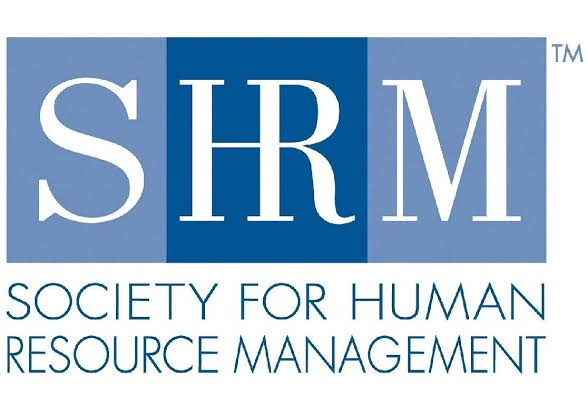The rising costs of employee benefits has U.S. employers rethinking which benefits they’ll continue to offer and how much of the cost they’ll cover for employees, according to the Society for Human Resource Management’s report 2014 Employee Benefits: An Overview of Employee Benefits Offerings in the U.S. The report, released in June, includes the findings of SHRM’s latest survey. U.S. employers were asked to choose which of 300 benefits they’d be offering their employees in the coming year. SHRM compared those answers to data collected since 2010.

Both employer-sponsored and voluntary benefits are essential elements of competitive compensation packages in the U.S. workforce today. It’s essential for companies that hope retain and recruit top talent to understand what other employers are offering, so they can create robust employee benefits packages.
To help you understand the latest in employee benefits trends, we’ve read the full SHRM report and outlined some highlights for you.
New Employee Benefits
The annual survey examined several new employee benefits for the first time this year and found:
- 88 percent of companies offer reimbursement for parking at the airport while on business travel.
- 62 percent of companies offer company paraphernalia.
- 42 percent of companies offer subsidies for business use of a personal cell phone.
- 20 percent of companies offer free snacks and beverages.
- 13 percent of companies offer a safety bonus or incentive.
- 2 percent of companies offer a free commuter shuttle.
Health Care Benefits
To compensate for high health care benefits costs, the study found that employers are focusing on the benefits that employees value most.
The survey found:
- 95 percent of employers offer prescription drug coverage, down from a high of 98 percent in 2013.
- 95 percent offer dental insurance, down from a high of 96 percent in 2012 and 2013.
- 84 percent offer contraception coverage, up from just 68 percent in 2010.
- 83 percent offer vision insurance, up from 77 percent in 2010.
Preventive Health and Wellness Benefits
U.S. employers can hardly ignore the growing problem of obesity, which interferes with their employees’ health and lives in and out of the office. In an effort to improve employee health and mitigate the rising cost of health insurance, some businesses have chosen to offer wellness benefits including health and lifestyle coaching, which is offered by 47 percent of employers, and general wellness programs, which are offered by 62 percent of employers.
Less common wellness offerings include smoking cessation programs (42 percent of companies), standing desks (20 percent) and stress-reduction programs (3 percent).
Retirement and Savings Benefits
The most common type of retirement and savings benefits are still traditional 401(k) or similar defined-contribution retirement savings plans, with 89 percent of employers offering them. Overall, 71 percent of employers offered some kind of retirement planning or investment advice as an employee benefit.
Other Benefits
Employers have decreased educational and training benefits for employees, a move the report says will make it even more difficult for employers to fill open positions with the talent they need.
Family-friendly benefits, flexible work arrangements and business travel benefits saw little change this year, while general paid time off plans became more popular with 58 percent of employers offering them compared to 47 percent in 2010. In contrast, fewer employers are offering stand-alone paid vacation time (40 percent, down from 44 percent in 2010) and paid personal days (22 percent, down from 29 percent in 2010).







